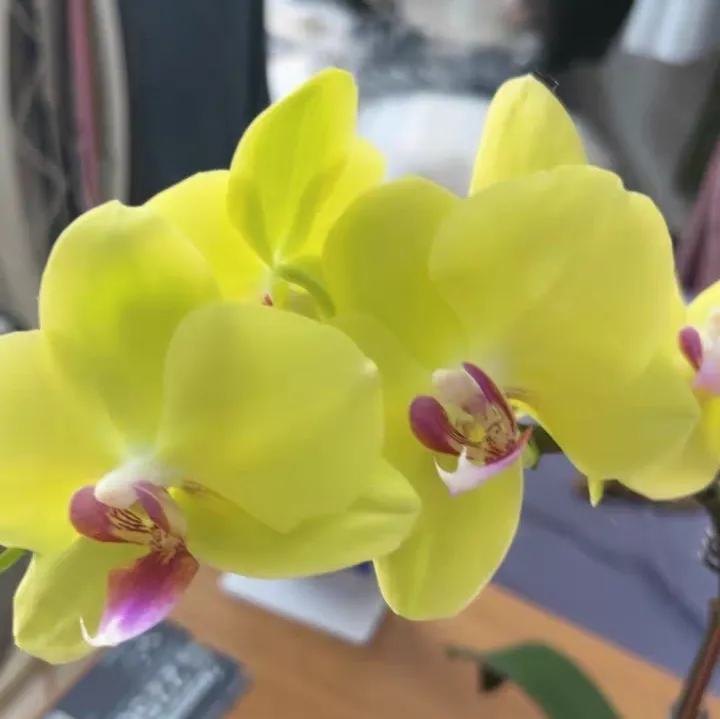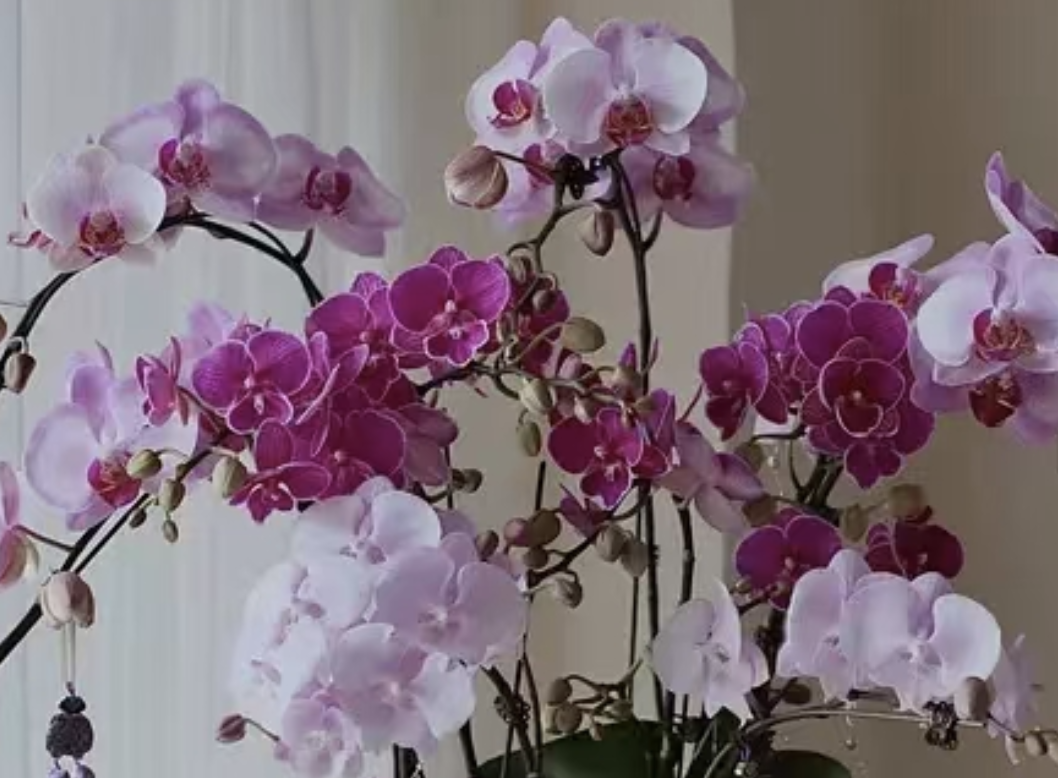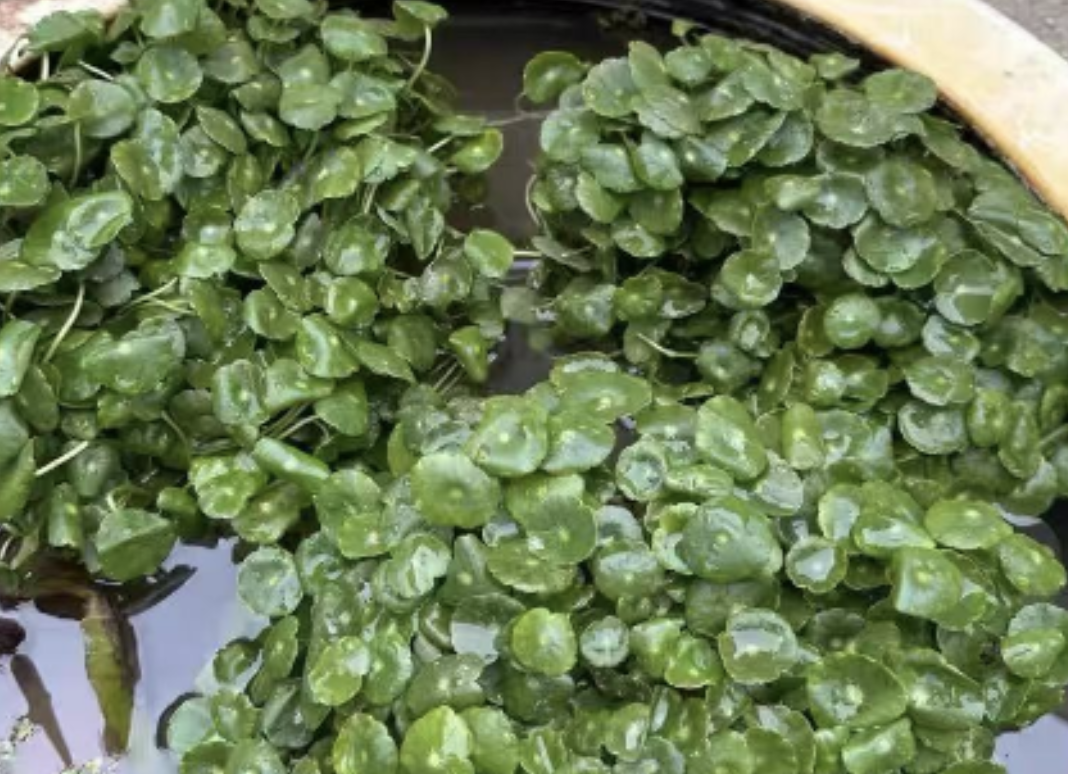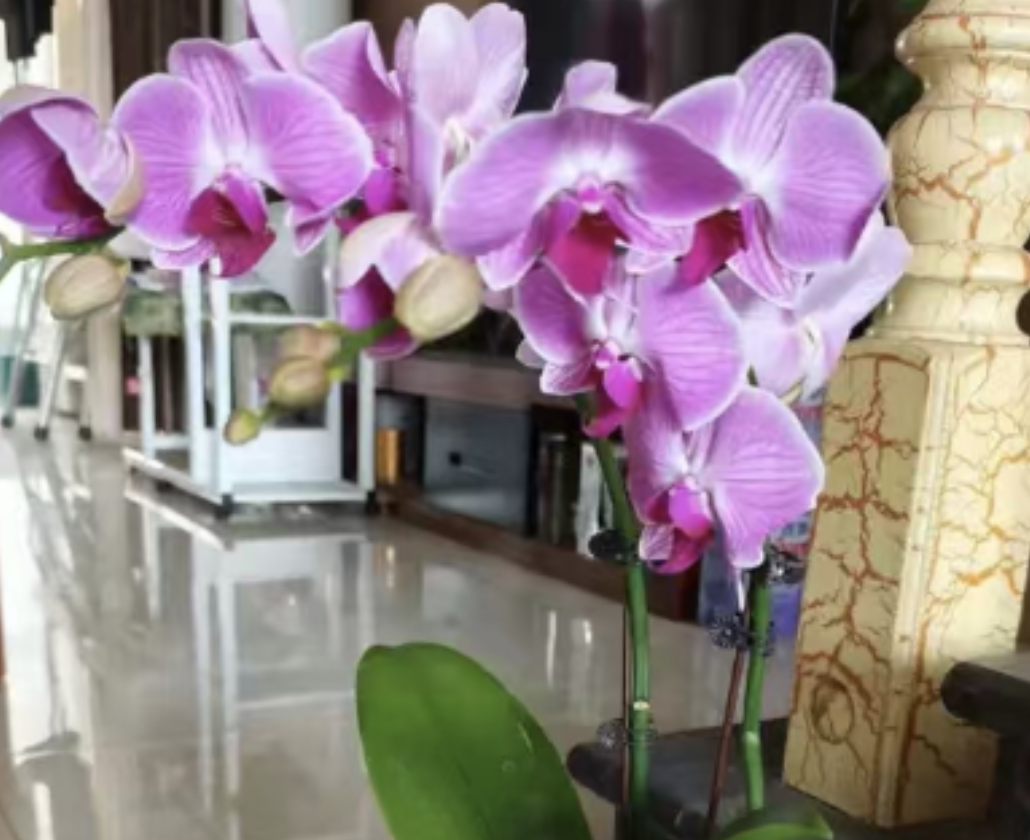In summer, Phalaenopsis either develops yellow leaves with burnt edges, or suffers from root rot and stunted growth. Actually, all these issues stem from placing them in the wrong spot. Today, I’ll show you step by step how to find the perfect location for your Phalaenopsis in summer.
### Golden Spots
- **North-facing balcony/windowsill**: It’s like a natural air-conditioned room tailor-made for Phalaenopsis in summer! There’s no harsh midday direct sunlight, only gentle diffused light caressing the plant, perfectly avoiding UV damage. This keeps the leaves always plump and translucent.
- **Area 1.5-2 meters away from south-facing windows**: The indoor space a bit farther from south-facing windows acts like a natural filter for the orchid! It gets enough light for photosynthesis while avoiding direct sunlight that burns the leaves. Beginners can safely choose this spot without hesitation.
- **Near east or west-facing windows**: Avoid the intense midday sun, but still enjoy soft morning or evening light. Using a sunshade curtain here enhances the effect even more!
### Pitfalls to Avoid in Light Management
- **Fatal mistake**: Many people think all plants need lots of sun, so they place Phalaenopsis directly on a south-facing balcony. In less than half a day, brown burnt spots appear on the leaves! Summer UV rays are extremely strong—leaves exposed to direct sunlight for just 30 minutes will get scorched.
- **Correct approach**:
- Use a sunshade net with 50%-70% shading rate to create a dedicated "sun umbrella" for the orchid.
- Let it soak up some sun before 9 AM or after 4 PM to "replenish calcium."
- For indoor care, test the light with your palm: place your hand above the leaves—if you can see a clear shadow without the light being dazzling, the intensity is just right.
### Temperature and Humidity Control
- **High-temperature alert**: When the ambient temperature exceeds 32℃, Phalaenopsis will enter a "slacker" dormant state! Not only does growth stall, but it also becomes prone to pests and diseases.
- **Cooling methods**:
1. An air-conditioned room is ideal, but never let the orchid be directly hit by the air vent! You can use cardboard or a sheer curtain as a wind shield.
2. Use a small fan to create a gentle breeze (0.5-1 m/s)—this cools the air and improves circulation.
3. During midday heat, place a tray of cold water around the pot. Evaporation will help lower the temperature.
- **Humidity control**:
1. Maintain air humidity at 60%-70%, which can be monitored in real time with a hygrometer.
2. A humidifier or wet towels placed near the pot can effectively increase humidity.
3. From 7-9 AM, place the pot in a tray of water to let it absorb moisture from the bottom. Remove it after 15 minutes—this ensures thorough watering without waterlogging and root rot.
### Ventilation Is Lifesaving
Stuffy, humid environments are the number one killer of Phalaenopsis! Ensure at least 4 hours of ventilation daily. The order of effectiveness is: open balconies > semi-enclosed balconies > indoor windowsills. Using a small fan doubles the effect! Note: Don’t let the fan blow directly on the plant—adjust it to the side or above to let air circulate naturally.
### Care Tips
1. Phalaenopsis grows slowly in summer, so it’s best to stop fertilizing to avoid root burn.
2. Wipe the leaves regularly to remove dust and promote photosynthesis.
3. Prune yellow leaves promptly to reduce nutrient loss.
4. Rotate the pot every 1-2 weeks to ensure even light exposure.
The correct way to care for Phalaenopsis during summer

Share with
Tagged in :




Leave a Reply